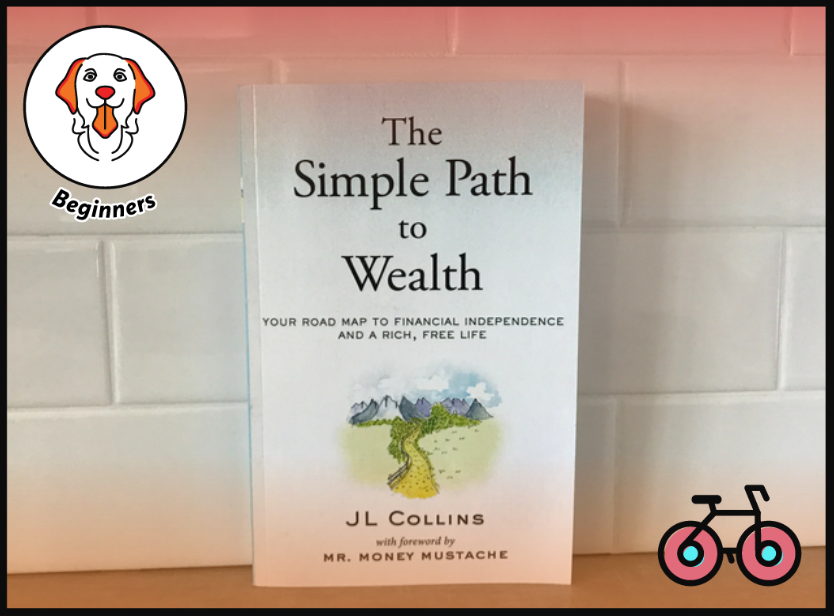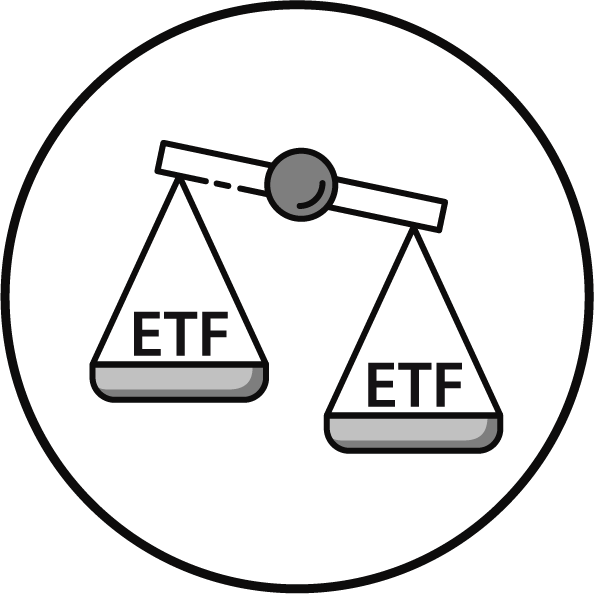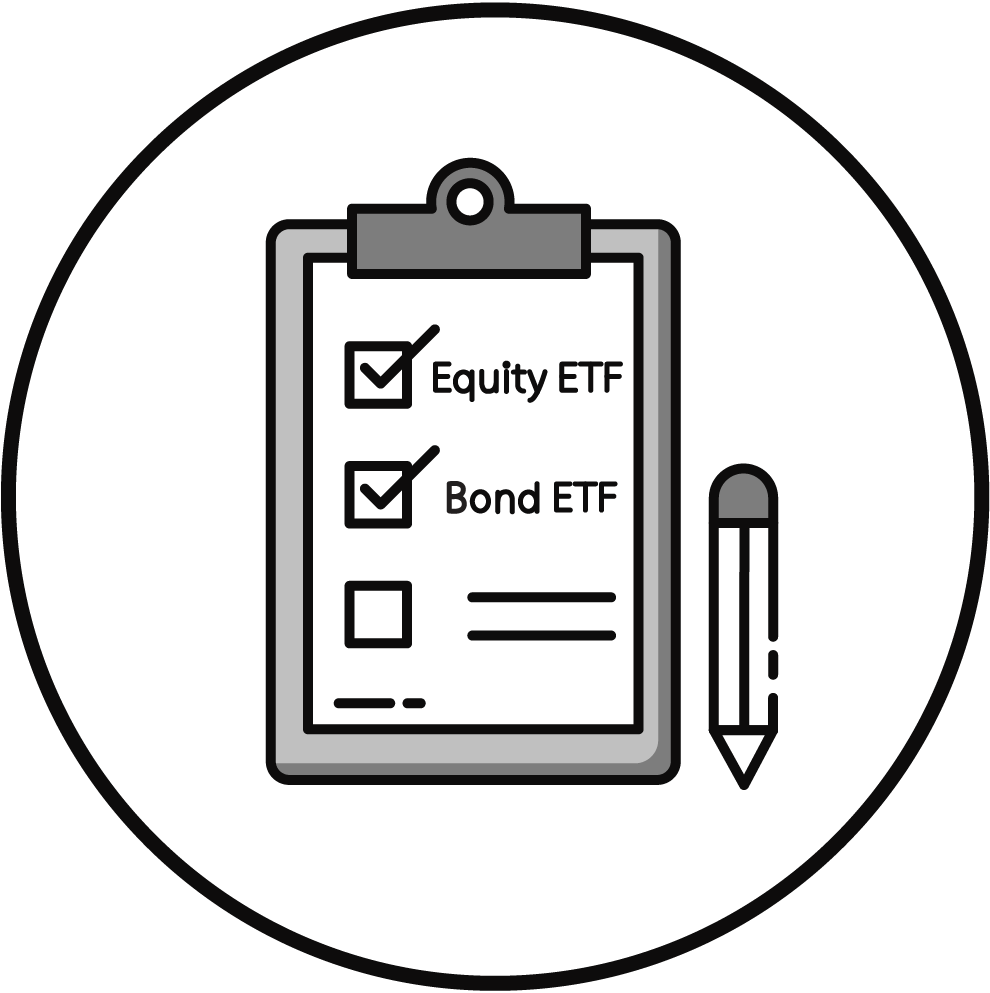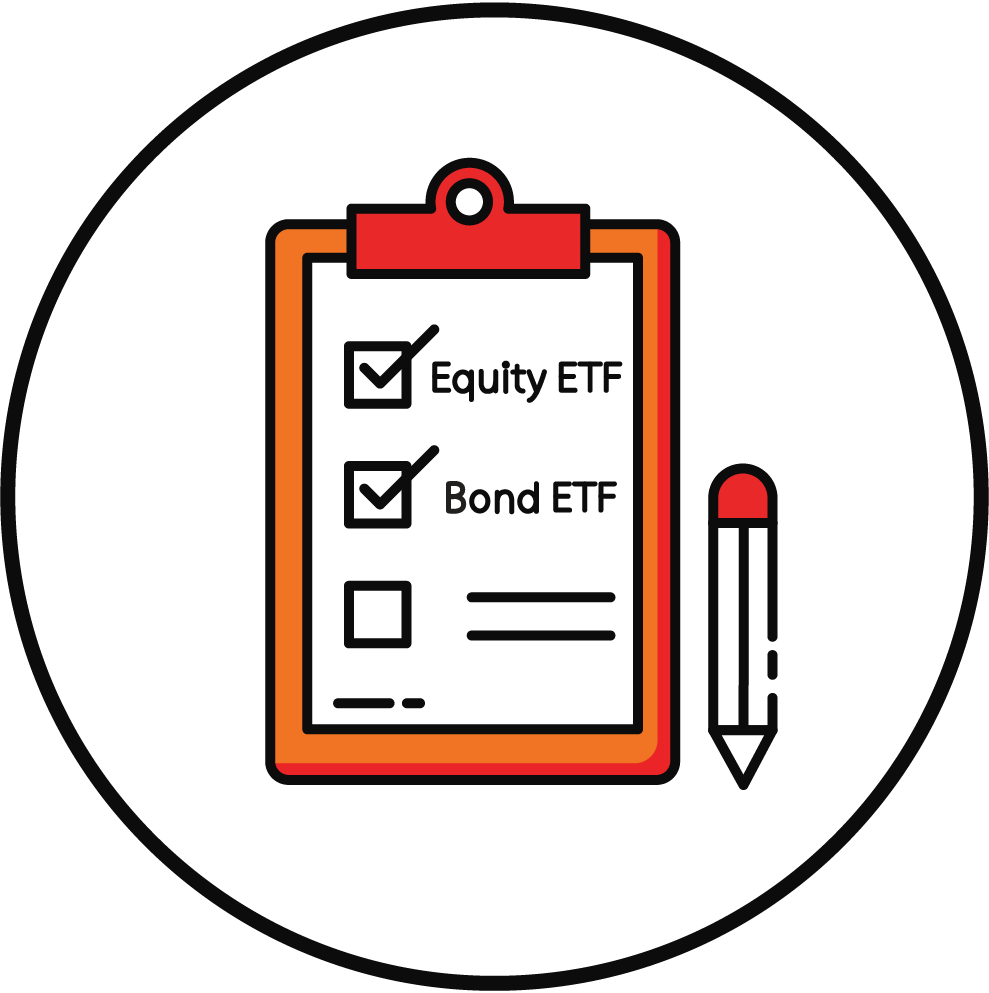The Simple Path to Wealth (Book Review)

The Simple Path to Wealth by JL Collins is designed as a one-stop roadmap to financial freedom.
The author created the book for his adolescent daughter, who has little interest in investing and therefore needs an easy, automatic path to achieving her financial goals.
Since its publication in 2016, it has sold over 400,000 times and been translated into several other languages, including Japanese and German.
JL Collins has inspired thousands of people to take steps to better their finances and start investing sensibly.But what exactly is the “Simple Path”, and what can it do for you?
Is it applicable to investors in the UK and EU?
Let’s have a closer look at the main ideas and how you could make them work for you.
KEY TAKEAWAYS
- People interested in financial independence know that the core principles of the movement are very simple: save a large part of your income and invest it in the stock market.
- The more you save and the less you spend, the sooner you’ll be financially free. This is the main message of the book, and JL Collins explains how anyone can apply these principles to their own life. His simple steps are as follows.
- Save – 50% or more of your pre-tax income.
- Invest – Allocate your savings between Vanguard’s Index Fund covering the entire US Stock Market and Vanguard’s US Bond Index Fund . The Stocks vs. Bonds Asset Allocation depends on where you are in your wealth-building journey and how much risk you’d like to take on.
- Be Prepared – Keep some as cash for an emergency.
- Be Tax-Efficient – Fill up all tax-advantaged accounts first.
- Keep going – until you can live off 4% of your portfolio each year. Try to increase your savings rate as you get raises.
Here is the full analysis
It’s a big beautiful world out there. Money is a small part of it. But F*ck You Money buys you the freedom, resources and time to explore it on your own terms. Retired or not. Enjoy your journey.
JL Collins
JL Collins on the importance of having F*ck You Money
SNAPSHOT
The Main Points of the Book
The steps outlined above are the core message of The Simple Path to Wealth, but Collins goes into more detail and explains the reasons behind this type of portfolio.
He starts the book off with some basic advice, then explains exactly how to implement his plan.
Towards the end, he also details how you can start to take advantage of the wealth you’ve built and how you could donate a part of your money in a tax-efficient way.
WHAT YOU WILL LEARN
No Debt & 50% Savings Rate
The first part serves to introduce people to the concepts and how they can benefit everyone.
Collins is very debt-averse, and he advises people to stay away from it and be cautious when others speak of “good debt”.
Despite this stance against debt, Collins’ method isn’t as black and white as Dave Ramsey’s, and he states that you can invest in the stock market if your debt’s interest rate is below 3-5%.
Unlike many other authors, he also encourages readers to shoot for a 50%+ savings rate, which makes this book more useful for people interested in retiring early.
3 Smart Ways of thinking about Money
Collins outlines three increasingly advanced ways of thinking about money.
Firstly, you should move away from the idea that it can only be spent and instead look at how investing could serve you.
Then, you can delve into the concept of opportunity cost. Any money you waste could have grown into massive amounts due to compounding.
Understanding this has been crucial to my own FI journey and has encouraged me to save more and think harder before spending.
Finally, he mentions thinking about investing as owning a small part of important companies.
That way, you won’t be as fazed by market fluctuations. You still own the same share of the company even if it is temporarily worth less.
It’s not hard. Stop thinking about what your money can buy. Start thinking about what your money can earn. And then think about what the money it earns can earn.
JL Collins
Learn how to Invest
The largest part of the book deals with how to invest. Here, the simple path is explained in more detail, and Collins describes the various retirement and savings accounts available to US investors.
Although certain chapters of this section aren’t applicable to European investors, we can take it as a starting point and do our own research.
For example, Bankeronwheels.com can be your complementary resource to replace the US specific funds with a selection of ETFs for Europeans and build your own portfolio.
Also, every developed country will have tax-advantaged accounts, so it’s simply a matter of translating the information
Understand how the Stock Market works
Collins spends several chapters speaking about how the stock market works.
In essence, he argues that none of us can time the market, so we should behave rationally and simply invest a chunk of our income every month.
Corrections and crashes are a feature of the stock market and not a problem, so they shouldn’t change your strategy.
However, big events like the Great Depression or hyperinflation could significantly damage your portfolio.
Collins reassures us that most people won’t retire at the peak of such an event. They happen extremely infrequently, with the last one being several generations ago.
What’s more, stocks will go up with inflation, so your wealth will be protected.
Part 3: Magic Beans
Stock-picking and Vanguard
Because the most important part of investing is the psychology behind it, Collins spends more time in this section speaking about the danger of picking your own stocks.
He tried to time the market and choose stocks when he was younger, but he has since realized he could’ve done better by opting for a simple, low-cost index tracker.
Collins mentions Vanguard, which is the company I personally have chosen for the majority of investments, as the best place to go. It is owned by its funds, not an individual or shareholders.
For this reason, fees are much lower and everyone’s interests are aligned.
Unfortunately, Vanguard are not yet in operation in every EU country, but you can find their funds even if you have to choose another provider.
Here is an article summarizing all you need to know about Vanguard in Europe.
In the UK, Vanguard have also recently started providing SIPPs (Self-Invested Pension Plans) at very advantageous rates.
Investing in one go
Towards the end of this part, Collins speaks about dollar cost averaging, which is the process of slowly investing a lump sum into the stock market instead of putting it in all at once, in an effort to avoid big losses.
Although it is a preferred strategy for many, he is against it (financial theory confirms his view).
I personally have done dollar cost averaging before, but I see his point about the odds being stacked against you.
In most cases, it’s more sensible to invest the lump sum immediately, as the market tends to go up over time.
Living off your portfolio
As someone with a high savings rate and plans to pursue FI, I found the final part of the book the most interesting.
It highlights what you can do once you reach financial independence.
Collins advises a withdrawal rate of 3-7%, and he states that he himself withdraws around 5% of his portfolio every year. In the future, he plans to decrease this percentage.
If using Vanguard in the UK, the actual withdrawal process is easy, as you can have a portion of your portfolio sent to your bank account every year.
Again, this may vary by country, but a simple call to your provider should clear things up.
Collins also speaks about Social Security. This might have a different name in your country, but the concept is likely similar.
While he understands that the amount you receive will decrease in future due to more people retiring, he is optimistic about the system and believes that it will be around in 50 years.
However, it’s best not to factor it into your FIRE calculations and simply see it as a bonus when it arrives.
Donating
I especially enjoyed that Collins dedicated a chapter to donating and how to do so effectively.
Again, the tax implications of giving away money to worthy causes vary by country, but the basic concepts are important for everyone.
Once you’ve reached financial independence, you have everything you need for a happy life, so helping others to achieve a better standard of living can be immensely rewarding.
I personally have started donating at least 1% of my income to effective causes, and I’m hoping to increase this as I come closer to FI.
JL Collins talks about his book (Talks at Google)
SHOULD YOU BUY THIS BOOK?
How we rated the book
Our overall rating comprises five key considerations, including suitability for beginners and European and UK readers.
1. Beginner-Friendly
2. Investing Concepts
3.Investing How-to (Europe)
4. Financial Freedom Principles
5. Personal Finance Know-how
1. Beginner-Friendly
2. Investing Concepts
3. Investing How-to (Europe)
4. Financial Freedom Principles
5. Personal Finance Know-how
From Bankeronwheels.com
Get Wise The Most Relevant Independent Weekly Insights For Individual Investors In Europe & the UK
Liked the quality of our guides? There is more. Every week we release new guides, tools and compile the best insights from all corners of the web related to investing, early retirement & lifestyle along with exclusive articles, and way more. Probably the best newsletter for Individual Investors in Europe and the UK. Try it. Feel free to unsubscribe at any time.
🎁 In the first email, you can download a FREE comprehensive 2-page checklist to construct & monitor your portfolio and clean up your personal finances.
Rating justification
A great starting point
As you can see, The Simple Path to Wealth covers a lot of ground, albeit often from a US investor perspective.
Although there are some UK or Europe-focused books on simple investing, it’s still worth picking this one up because the focus is on reaching financial independence at an early age, which isn’t covered in conventional books.
Collins’ perspective is unique and illuminating. For example, the book made me think twice about dollar cost averaging, and I might change the way I invest lump sums in the future.
What’s more, achieving financial independence is challenging, and you have to stick to it for many years.
I love having resources such as this one that remind me I’m on the right path.
Key principles and concepts explained
The Simple Path to Wealth by JL Collins is a comprehensive account of how to reach financial independence with minimal hassle.
Published in 2016, much of the content is relevant to investors around the world, and the author outlines the whole process, including what to do when you’re ready to draw down your investments.
In summary, this book ticks all boxes as to the understanding you will need of key investing concepts and financial independence principles.
The missing bits
Finally, investing in Europe is a bit more involved and this part is clearly missing.
For instance, we wouldn’t advise Europeans to buy US-centric Index Funds, but rather a mix of a World ETF and a Global Bond ETF.
Or you could consider a Vanguard ETF that simply combines the two – it’s quite easy!
But it won’t take you more than a week to understand all the aspects to apply JL Colins’ principles to our European investing landscape.
We have complied all resources for beginners here.
In most cases, this will be enough to get you started.
If you want to build a tailored portfolio, make sure you get familiar with some technical aspects.
Good Luck and Keep’em* Rolling!
(* Wheels & Dividends)

Weekend Reading – JP Morgan Guide To Retirement

Surviving The Next Bear – Strategies To Profit From The Next Market Crash

Weekend Reading – Asset Class Returns since 1970 & Trend Following Strategies

Cracking the Code: Decoding ETF Names & Discovering Tools To Find Them

Broker Review Methodology

iWeb Share Dealing Review – Great For Inactive Investors
HELP US
🙋 Wondering why finding honest Investing Guidance is so difficult? That’s because running an independent website like ours is very hard work. If You Found Value In Our Content And Wish To Support Our Mission To Help Others, Consider:
- 📞 setting up a coaching session
- ☕ Treating us to a coffee
- 🎁 Taking advantage of our affiliate links when setting up a broker account. This doesn’t increase your costs, and we often secure exclusive bonuses for our audience.
- ❤️ Exploring Other ways to support our growth, both financially and non-financially.
DISCLAIMER
All information found here, including any ideas, opinions, views, predictions expressed or implied herein, are for informational, entertainment or educational purposes only and do not constitute financial advice. Consider the appropriateness of the information having regard to your objectives, financial situation and needs, and seek professional advice where appropriate. Read our full terms and conditions.





















